Reportar esta entrada
Más sobre la misma comunidad-colección
Celebración de Luces - Plaza San Jacinto - 2016
Celebration of Lights - thousands gather on the plaza - El Paso, ...
Celebración de Luces - Plaza San Jacinto - 2016
People gather at one of light exhibits on the plaza during the ...
Celebración de Luces - Plaza San Jacinto - 2016
In front of the Anson 11 during the Celebration of Lights - ...
Celebración de Luces - Plaza San Jacinto - 2016
In front of the Mills Building looking toward the San Jacinto ...
Celebración de Luces - Plaza San Jacinto - 2016
On the San Jacinto Plaza during the Celebration of Lights.
Celebración de Luces - Plaza San Jacinto - 2016
Celebration of Lights - San Jacinto Plaza – 2016 ...
Celebración de Luces - Plaza San Jacinto - 2016
Celebration of Lights - San Jacinto Plaza – 2016 Happy ...
Celebración de Luces - Plaza San Jacinto - 2016
Celebration of Lights at San Jacinto Plaza - thousands of people ...
Plaza San Jacinto 2016 - Navidad 2016
Ice skating ring was located by the Art Museum -- during the ...
Plaza San Jacinto 2016 - Navidad 2016
Ice skating ring was located by the Art Museum -- during the ...
Plaza San Jacinto 2016 - Navidad 2016
Ice skating rink was located by the Art Museum -- during the ...
Iglesia Episcopal St. Frances en la Colina
St. Frances on the Hill Episcopal Church - St Frances on the ...
Celebración de Luces - Plaza de San Jacinto - 2016
Crowd during the Celebration of Lights - San Jacinto Plaza. ...
Festival de invierno- Patinaje sobre hielo - El centro - 2016
Ice skating in downtown El Paso, Texas. Photograph taken during ...
Festival de invierno- Patinaje sobre hielo - El centro - 2016
Ice skating in downtown El Paso, Texas. Photograph taken during ...
Festival de invierno- Patinaje sobre hielo - El centro - 2016
Ice skating in downtown El Paso, Texas. Photograph taken during ...
Festival de invierno- Patinaje sobre hielo - El centro - 2016
Ice skating in downtown El Paso, Texas. Photograph taken during ...
Espectáculo de Navidad Fred Loya - Video - 2016
The yearly tradition of Fred Loya’s Christmas Light Show is ...

















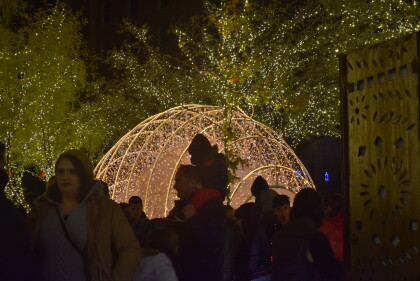
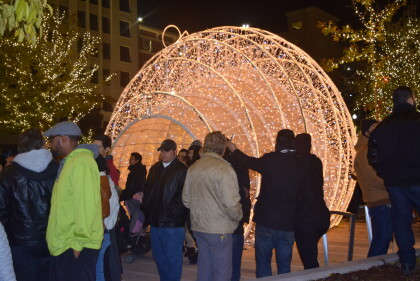
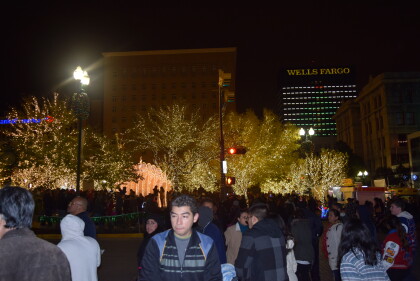
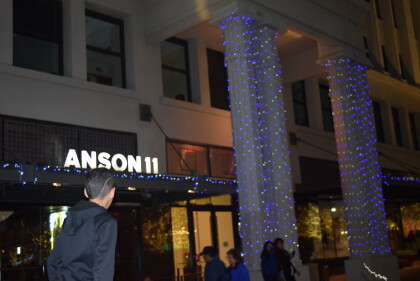
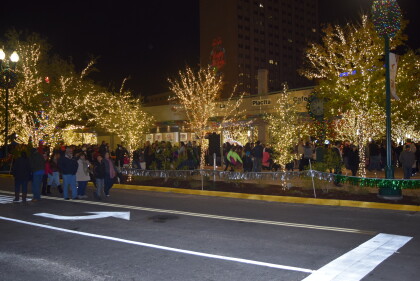
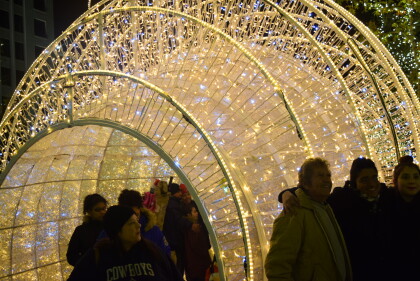
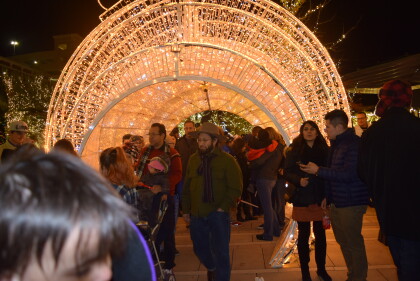
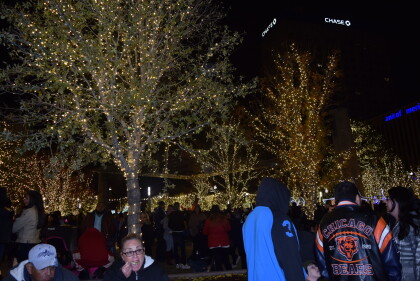
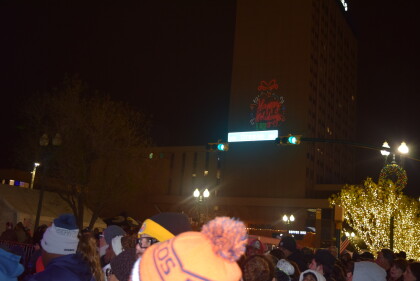

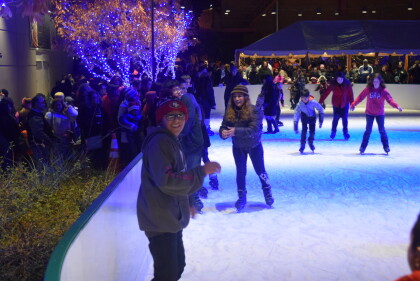


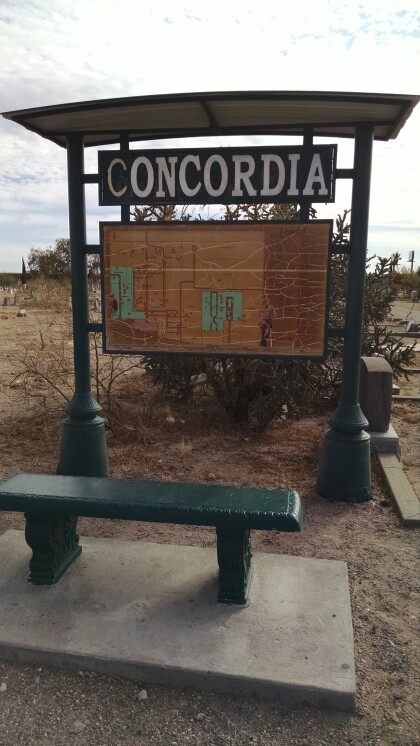


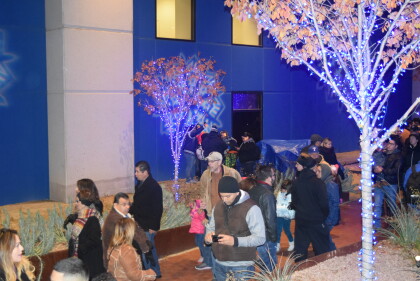
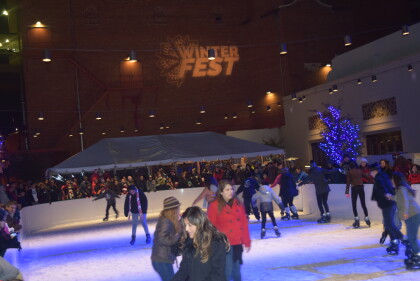
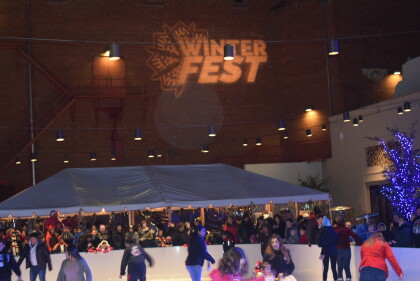


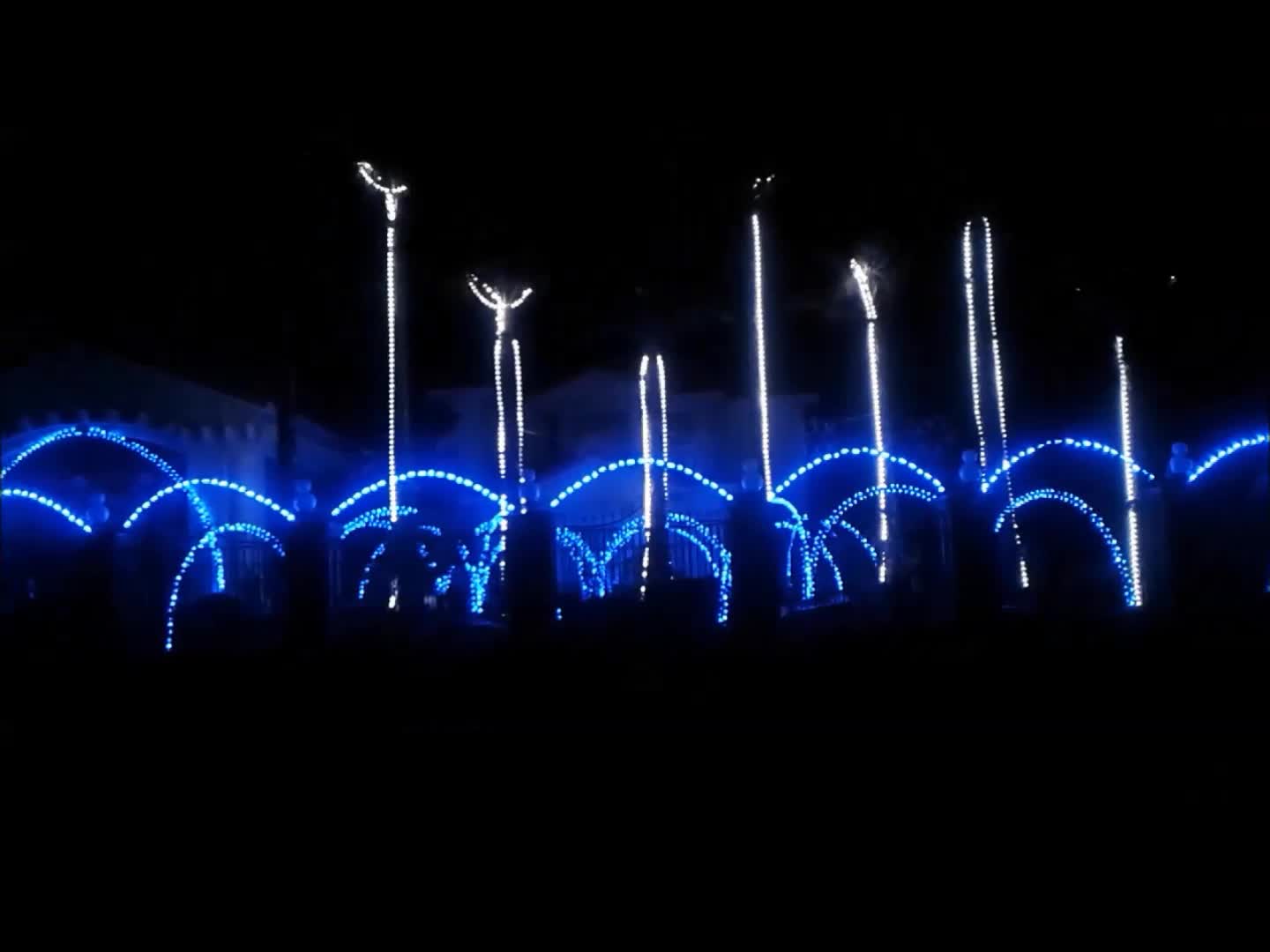
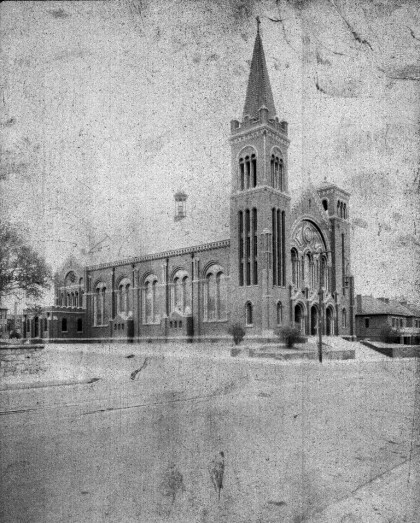
Comentarios
Hacer un comentario